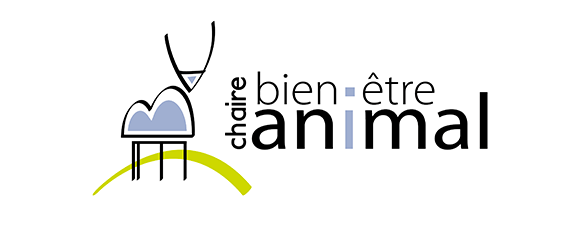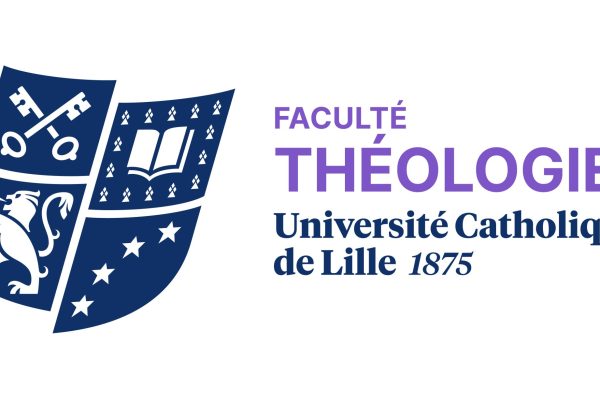Document type : news item from site of VetAgro Sup's Chaire Bien-Être Animal
Author: Marion Weisslinger
Preview: On October 5, the Chaire Bien-Être Animal organised an afternoon to recognise farmers' introductions of animal-welfare innovations on their farms. The event was well attended, with more than 80 people present. During a round-table discussionon young animals, participants had the pleasure of hearing from Didier Bonnard, a dairy farmer in Saint-Martin-en-Haut (Rhône), who delays theseparationof his mothers and calves, and from Adrien Montefusco, a pig farmer in Saint-Yvi (Finistère), who encourages theearly socialization ofhis piglets. To complement their stories, two scientists were also present to share the results of their research on animal welfare: Dominique Pomiès, whose research at INRAE focuses on calf-mother relationships in mountain dairy systems, and Isabelle Veissier, Director of Research at INRAE, a pioneering scientist in research on the welfare of calves, cows and bullocks.
A real celebration of current innovations for the improved welfare of both animals and farmers
Didier Bonnard and Adrien Montefusco testified not only to the attention and care they give to their animals and the latter's daily welfare, but also to their own working conditions. Indeed, Didier Bonnard described how much time he saves through his calves' ability to feed themselves. Kept with their mothers until they are around one and a half months old, the calves have free access to their mothers' udders. Didier Bonnard reports that implementing this practice at his farm has not diminished the quality or quantity of milk produced by his herd and provides balance in the mother-calf relationship. For Dominique Pomiès of INRAE, this practice is indeed beneficial in terms of animal welfare. The late separation of mother and calf is still a subject of scientific research and other practices, such as a separation at a time other than weaning or separation by batches (rather than individually), would appear to be levers to reduce calf stress at separation.
Adrien Montefusco, too, seeks to reduce stress and aggression in his piglets by introducing early socialisation between piglets. Piglets from different litters are given the opportunity to come into contact with each other by removing the barriers separating lactating sows. Although this requires a previous health check in order to avoid creating the conditions for disease to spread, the farmer explained that he has not observed any increase in diseases in the past two years since beginning this practice. Weaning is easier and piglets establish a social hierarchy within the group more easily. That said, the early mixing of piglets has not reduced the risk of tail biting on his farm. [...] LIT Ouesterel's 'innovation tracker'
The daily labours of farmers and scientists to improve animal welfare is not sufficient to ensure the widespread dissemination of innovations and good practices. Others have a role to play in conneting the different stakeholders. The identification and dissemination of innovations in the field of animal welfare is the goal set for its "innovation tracking" programme by the LIT Ouesterel Association who are based in the Grand Ouest region. It is equally applicable to cattle, pig and poultry farms. Clémence Bitu, project manager for innovation in animal health and welfare at LIT Ouesterel, gave a presentation on the project, which makes use of farm visits and bibliographical research to point to digital and physical "tips and tricks", along with farming practices that can promote animal welfare.






